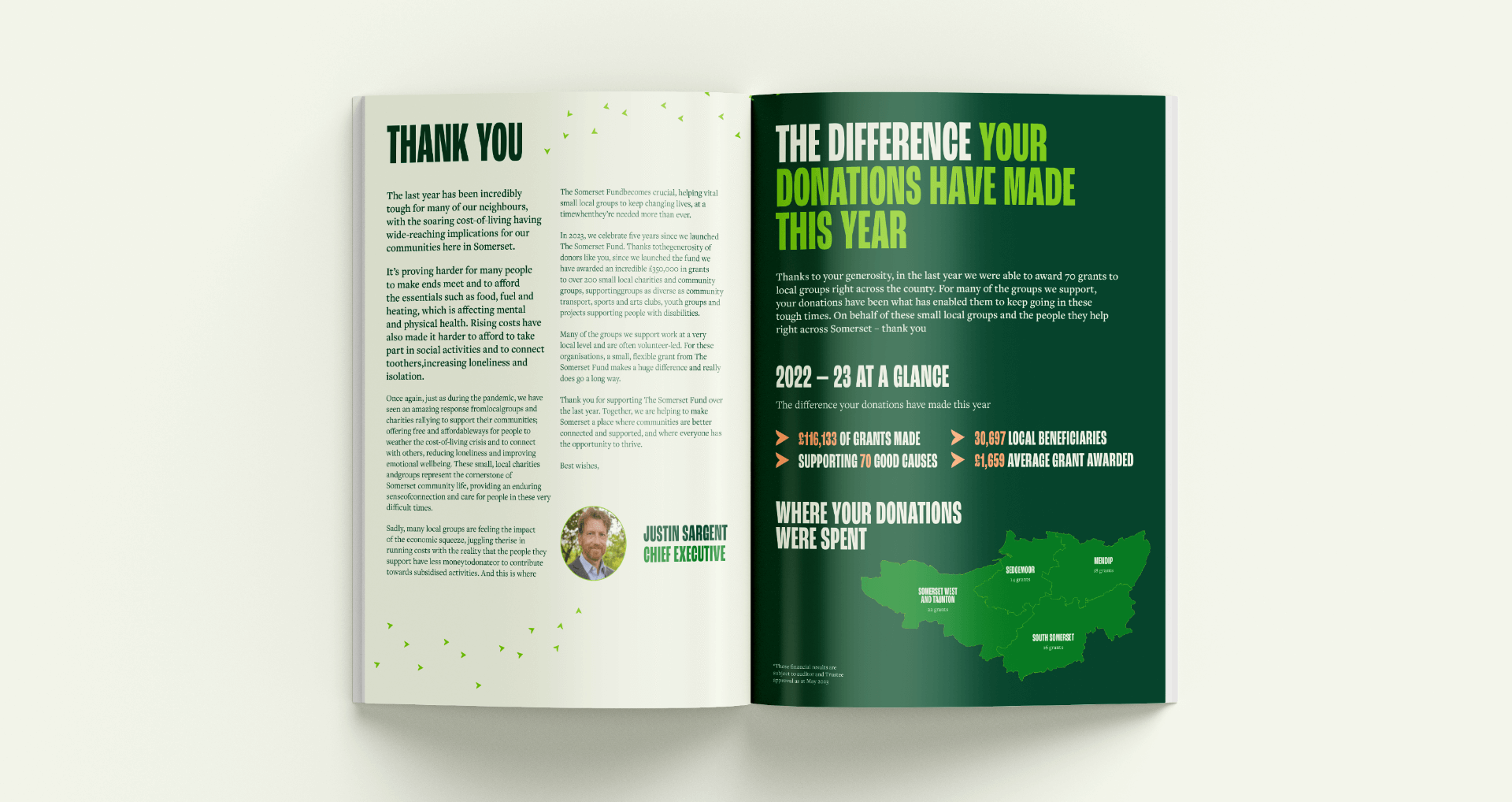Brand memories are made of this
Because it’s not always love at first sight
The marketing press has recently devoted a lot of coverage to big brands whose brand awareness ad campaigns (think, McDonalds and Airbnb) are proving more effective at growing their sales and market share than shorter term, sales-activation campaigns. While times are hard, many of these brands are ditching tactical advertising in favour of brand-building activity. Although I don’t pretend to be an advertising or marketing specialist, I do know that my areas of specialism – brand identity and brand strategy – are the foundation stones of effective brand building.
Without a brand identity, a business or organisation is merely a commodity, competing only on price, lacking in personality and unable to articulate a clear promise to its customers.
Brand identities are designed to effectively communicate what you do and how you do it, prompting recognition, influencing action and attitudes, and over time, building trust and loyalty. It’s also something that isn’t totally in your control as customers project their own impressions and feelings on your brand. In this way your brand identity steers but cannot dictate how it is understood.
Easy does it
The phrase ‘over time’ is key; your audience’s decision to act is often a slow one. In the B2B and third sector arenas it can take months or even years before your audience moves on from ‘just looking’. In fact, it’s rare for people to fall in love with brands at first sight.
One of my collaborators Ryan Webb, a conversion rate optimisation consultant sums it perfectly, ‘I like to think about audiences as being in two camps: those ready to take action immediately and those in research mode. Those who are ready to take action immediately are much easier to convert (to buy, sign up, donate) but it’s likely they make up a smaller share of the audience. For those in research mode, they’re seeking reassurance, looking to you to demonstrate the credibility that can build trust. Investing time and effort in your brand identity and the messaging around it is essential to creating the environment that can effectively move this audience on from being ‘researchers’ to those who take action.’
…your brand identity and the messaging around it is essential to creating the environment that can effectively move this audience on from being ‘researchers’ to those who take action.
Brands and memory-making
What you essentially want is for your brand to create a positive association, imprinting itself in the memories of your audience consistently and building a good reputation. I refer to this quite simply as ‘memory-making’ but it’s an idea that takes in perspectives that range from Byron Sharp’s ‘mental availability’ model (the basis of his book, ‘How Brands Grow’), to Marty Neumeier’s ‘‘transcendent’ customer experiences’ and ‘emotional encounters’ (The Brand Flip). All of these are about helping customers and prospects make memories of your brand.
Allowing space for customers to have this time can yield far greater returns than simply hurling urgent calls to action at them. ‘Learn more’, ‘read our insights’ or ‘meet the team’ often proves more effective in B2B and the third sector than ‘buy now’, ‘donate’ or ‘apply here’. As Lewis Carroll’s Alice in Alice in Wonderland noted when she saw the paper label round the neck of the bottle, ‘It was all very well to say “drink me”, but I’ll look first.’ For your audience to trust you, you have to trust them enough to give them this evaluation time. It’ll reward you in the future.
So, where do memories come from?
Memories are made in the head and the heart. They’re a combination of rational and emotional responses: the cognitive and the affective.
To enable cognition, your brand needs to deliver its message and convey information. To enable feeling, your brand should seek to evoke emotions.
Your prospective customer will only ‘use their hands’ – i.e. make a conative response when they’re ready to act – click, buy, open or sign.
Head memories
How can your brand identity and marketing communications help build those ‘head’ memories?

- Show them (rather than tell them) you’re credible – focusing on benefits rather than merely the features of your products or services
- Provide social proof – put the voice of your happy clients front and centre, demonstrate how you helped solve their problems through case studies and videos
- Articulate your value proposition clearly – making your selling points compelling
Heart memories
Heart memories can inspire action but they’re more of a slow-burn, acting as a nudge in the right direction and prompting a hard-to-describe feeling where your prospective customer senses that your brand is right for them. Virginia Woolf identified it spot-on when she said, ‘…one never realises an emotion at the time. It expands later; and thus we don’t have complete emotions about the present, only about the past.’
Marty Neumeier sees this as part of the assumption that ‘customers are more valuable over time’. Some of the ways you can tap into an affective response include:

- Being clear and consistent on what your brand stands for
- Appealing to your audience through a tone, voice and style that reflects and reinforces your brand personality
- Creating empathy through the brand stories you choose to tell
- Always behaving in ways that reflect your brand personality and align with your audience’s values
Memories are built on trust
The true power of brand building lies in how, over time, people get to know, like and trust you. They’re only ever going to take action once they trust you and believe you can deliver for them.
The process starts well before any memory-making can take place, when you define your brand visually and verbally, pinning down brand values and from that developing a tone of voice, team behaviours and culture – how you show up. Following on from this, a clear brand strategy – co-created, understood and bought into across your organisation will then give you the threads with which to start forging the sort of positive associations, recall and memories that will build your brand.
And of course, marketing communications and promotional campaigns, including tactical campaigns, will all play a part. After all, what use is a carefully considered brand if no one knows it’s there? What you do have to be cautious about though, is focusing only on the short-term – the purely transactional, the quick wins, the time-sensitive one-offs. Although every sector, market, audience and business’s goal may be different, weighting your marketing towards brand-building and memory-making will ensure that your short-term, tactical campaigns don’t fall on fallow ground.
Making their hearts grow fonder
When people commit to take action and buy, subscribe or donate, you then have to keep your brand promise. The brand experience itself (the culmination of any number of touchpoints, from website visits and signing up to receive a newsletter, to in-person or virtual interactions) presents another opportunity for memory-making and so building something of a relationship with your customers.
Airbnb’s recent experience is a much-quoted case in point. Their shift in putting most of their focus on brand-building is quite literally paying dividends.
The majority of bookings come from past guests, and it’s actually been the strong guest retention that we’ve had for years since the beginning of Airbnb that’s been a powerful driver of our growth.Dave Stephenson, CFO, Airbnb
It’s well documented that it’s far easier and more profitable to retain a customer than to constantly be scouting around for new customers. Some sources put the cost of acquiring a new customer at five times that of holding on to existing customer and similarly, the success rates of selling to existing customers are significantly higher than when you’re starting afresh every time. So, get building that brand and creating those memories for your customers!
Related post: A simple test to measure brand equity
Knowing how to measure the return on the investment you make in building your brand’s equity can be hard. Monitor how well your brand resonates with your customers with this simple survey.





